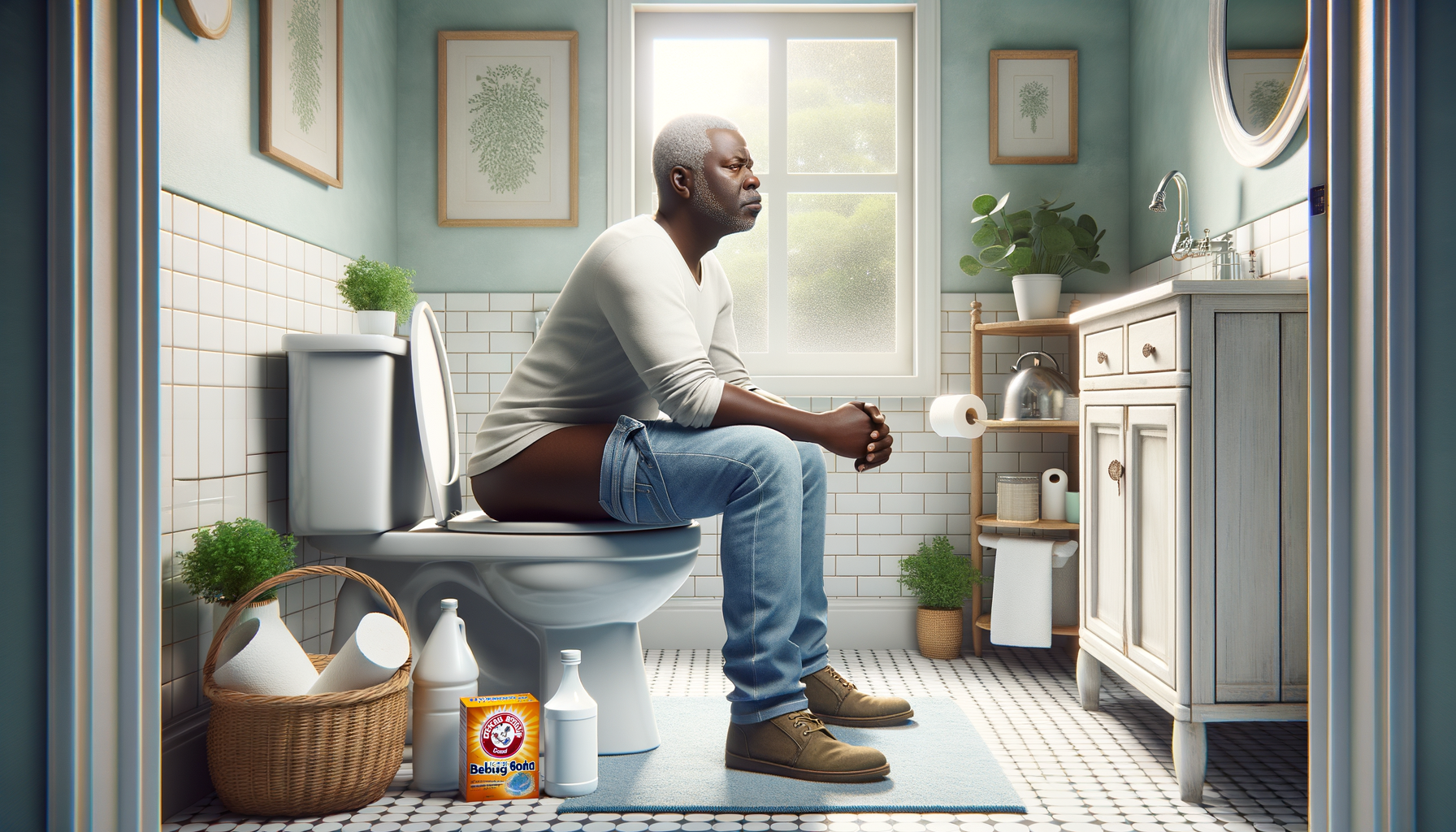Finding your toilet clogged can quickly turn from a minor inconvenience to a major nuisance. But before reaching for your phone to call a plumber, why not try a simple at-home solution? With just baking soda, vinegar, and some hot water, you can tackle that irritating blockage. Here’s a detailed guide on how to use these everyday items to easily unclog your toilet and save yourself some cash in the process.
The Magic of Baking Soda
Baking soda, or sodium bicarbonate (NaHCO₃), is a versatile product found in almost every kitchen. This common white powder serves many purposes beyond baking. It’s a gentle, effective cleaner and deodorizer, and it can even help dissolve grime and remove stains. Its mildly alkaline nature makes it a go-to solution for a myriad of household problems, including clogged drains.
When combined with vinegar, a natural acid, baking soda creates a foamy, effervescent action that helps break down clogs. What makes it particularly appealing is that it’s a non-toxic, eco-friendly option that doesn’t involve any harsh chemicals.
Step-by-Step Guide to Unclog Your Toilet
Follow these steps to clear your toilet blockage:
- Gather Your Materials: You’ll need the following items:
| Material | Quantity |
|---|---|
| Baking Soda | 1/2 cup |
| White Vinegar | 1/2 cup |
| Very Hot Water | 1 kettle |
- Pour the Baking Soda: Start by evenly distributing the baking soda into the toilet bowl.
- Add the Vinegar: Pour in the vinegar; it will start creating a fizzing reaction. This reaction is critical as the fizz helps loosen the blockage.
- Wait it Out: Allow the mixture to sit for about 30 to 40 minutes. This waiting period is crucial as it gives the agents time to penetrate and soften the obstruction within the pipes.
- Flush with Hot Water: Carefully heat water in a kettle, ensuring it doesn’t reach a rolling boil, then slowly pour it into the bowl. The heat helps in dissolving stubborn residues.
- Test the Flush: Check if the water level decreases. If so, try flushing the toilet to ensure the passage is clear.
If the problem persists, consider repeating the process once more to maximize the effect.
Alternative Solutions
In case the natural method doesn’t solve your clogging problem, you might want to try these alternatives:
- Use a plunger to physically remove the blockage. Ensure you have a good seal for effective plunging.
- Utilize a plumber’s snake (or auger) designed to reach deeper into your plumbing system and clear tougher blockages.
- As an unexpected option, pour a can of cola down the toilet and allow it to work overnight due to its acid content.
- If all else fails, consider calling a professional plumber to address persistent issues.
Why Do Toilets Get Clogged?
Blockages can appear unexpectedly, but they typically build up over time. Understanding the causes can help in prevention:
- Improper Disposal: Toilets aren’t designed for everything. Items like paint residue, solvents, hygiene products, non-flushable wipes, and food waste can lead to major blockages.
- Paper Overload: Even too much toilet paper can cause a blockage if used excessively or not flushed properly.
- Natural Build-Up: Limescale and tartar naturally accumulate in pipes, sometimes loosening and causing a clog when combined with other materials.
- Unexpected Structures: External factors like tree roots can invade and obstruct underground pipes, particularly in single-story homes.
Remember, it’s easy to let a minor inconvenience ruin your day, but with just a few household items and some know-how, you can resolve the issue yourself. Enjoy your hassle-free, DIY solution to unclog those toilets!

